
table of contents
- Way of life of truffles
- truffle species
- Truffle hunting tips
- 1. locality
- 2. Notes at the location
- 3. note the weather
- 4. search methods
- 5. note locations
- 6. truffle pigs or dogs
- 7. Grow your own truffles
- 8. Truffle hunting in other countries
- frequently asked Questions
Truffles are considered a valuable specialty. However, they are difficult to obtain. It seems more interesting to look for them yourself. But where are the mushrooms and how do you find them? Some tips can be found here.
In a nutshell
- underground mushrooms
- rarely found
- most commonly in deciduous forests
- Use of truffle pigs or dogs makes sense
- Cultivation of some truffle species possible
Way of life of truffles
The fruiting bodies only grow underground, so they are rarely seen. In addition, the fungi always need a partner with whom they can enter into a symbiosis. Depending on the type of truffle, these are different trees, mostly deciduous trees, but also other plants.

Other features:
- Roundish, bulbous shape, reminiscent of potatoes
- black or white coloring
- Marbled inside
- outer skin bark-like, more or less wrinkled, scabby or with bumps
- Odor varies depending on the species, mostly aromatic
truffle species
- Summer truffle (Tuber aestivum): July to December, under red beeches or oak trees
- Perigord truffle (Tuber melanosporum): October to February, under oak trees, from southern France
- Large-spored truffles (Tuber macrosporum), Rhenish truffles: under oak trees, lost in Germany, from France or Italy
- Italian truffle (Tuber magnatum): October to May under deciduous trees, from southern Europe
- Meander truffle (Choiromyces maeandriformis), white or German truffle: July to October, under red beeches, rare in Germany
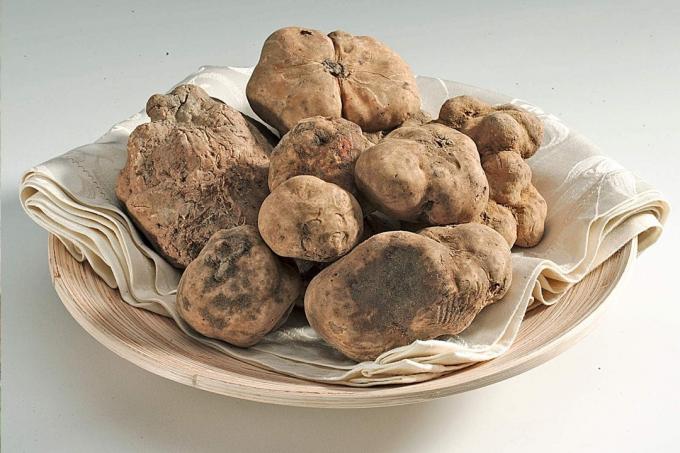
Truffle hunting tips
1. locality
Finding mushrooms is not always easy. It is even more difficult with the different types of truffles. Not only because they are very rare overall and grow underground, but also because they depend on soil with a specific mineral composition. In Germany, the mushrooms are found in all federal states except for Saxony and the three city states. Most truffle species like it warm, so they grow more in the south than in the north. Truffle location indicators can other mushrooms like spring morels.
2. Notes at the location
Although the fruiting bodies can only be found in certain seasons or months, it is worth looking out for certain signs of possible locations throughout the year:
- Cracks and small holes in the ground under trees
- bald spots or Spots of dead grass (looks burned)
- ground churned up by wild boar
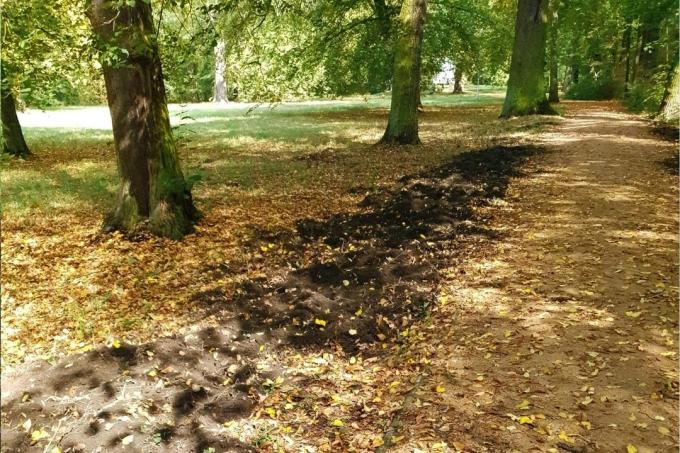
Notice: The valuable mushrooms do not necessarily grow in the forest. They can also be found in clearings or even in meadows.
3. note the weather
In dry, hot summers there are very rare mushrooms. This also applies to all truffle species that prefer moist and loose soil. It makes more sense to look for persistent rain in warmer periods.
4. search methods
The fruiting bodies of these mushrooms are not easy to find on a walk in the woods. The search requires more effort. The floor must be searched very carefully to identify any bumps or "burned" spots. The individual fruiting bodies are only very rarely found on the surface of the earth and then mainly when wild boars have rummaged through the ground. You can use a rake or a small shovel to get the fruiting bodies out of the ground.
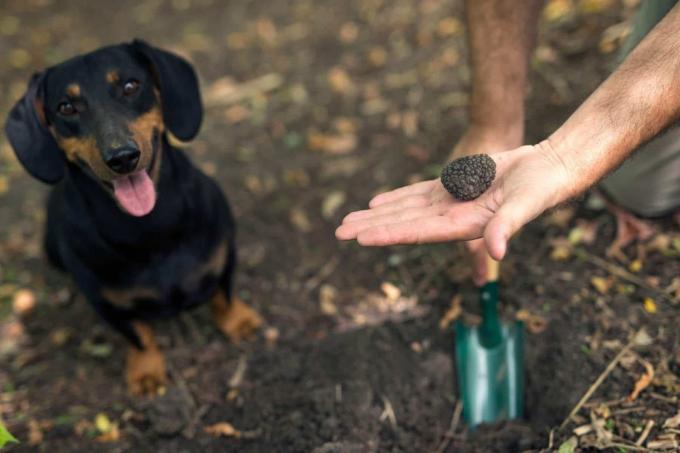
5. note locations
If the mushrooms grow in a certain location and are easy to find there, it is worth remembering that location. Usually the fruiting bodies grow back in roughly the same spot each year.
6. truffle pigs or dogs
Because the fruiting bodies are always buried underground, many truffle collectors use specially trained pigs or dogs. Sometimes you can also borrow these "helpers". Dogs are better than pigs because they like to eat the mushrooms themselves.
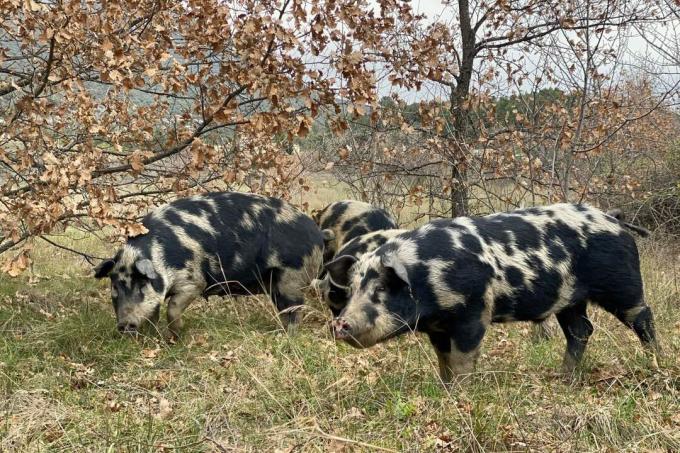
Notice: Training your own dog usually takes too long and is too expensive.
7. Grow your own truffles
Growing one yourself is more promising than looking for truffles. Necessary for this are:
- a suitably large piece of land
- lots of time and patience
- the will to invest money first
- specially inoculated trees
Truffle cultivation requires trees inoculated with truffle spores. These are available from dealers who specialize in them. Depending on the tree species, growth takes 5 to 10 years. Only then can the first fruiting bodies be harvested. However, there is no guarantee that truffles actually grow on these trees. That also depends on floor off and the nutrient supply off. Also, not all truffle species can be grown in this way.
8. Truffle hunting in other countries
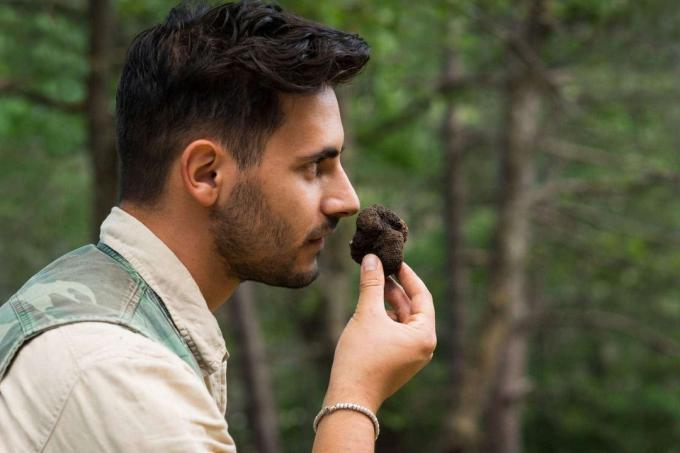
Since truffle hunting in Germany is not very promising, it is more interesting to try it in other European countries. The mushrooms can be found particularly in France and Italy. However, it is important that the regional regulations be considered for truffle hunters. Sometimes these can be very strict.
frequently asked Questions
All truffle species are so rare that they are specially protected. In Germany, the mushrooms may not be collected, even if the previous tips are all heeded. In addition, trading in wild collected truffles is prohibited. However, this does not apply to mushrooms from truffle plantations.
Usually the truffles are used fresh. After collecting, brush the mushrooms well and rinse briefly if necessary. Then pour directly over the food with a fine slicer. Some types of truffle can be cooked, while others lose their aroma.
Stored in the fridge they will keep for a few days. It is best to wrap the mushrooms in a damp kitchen towel. Freezing is also possible. Then they keep for several months.



